Polymer vs. Steel Magazines: Is One Truly Better?
The AR-15 magazine market offers more options than rounds that will fit in a Magpul D-60 drum magazine. Especially given today’s political and economic conditions, it may be wise to stock up on a few of your favorite magazines; just saying.
But it can be hard to tell where to start if you’re new to shooting or simply want to explore other magazine options. There are polymer, steel/aluminum, and hybrid mags, all of which come in various capacities and colors. With all of them though, especially hybrid mags, which we’ll get into shortly, the most important part of the magazine is the feed lips. So, keep that in mind as we go.
Like many others, it’s a long-standing debate in my shooting circle about which type of magazine is best. I’ll be the first to say I don’t believe there is a best option, but today I’ll help explain the pros and cons of each so you can decide for yourself.
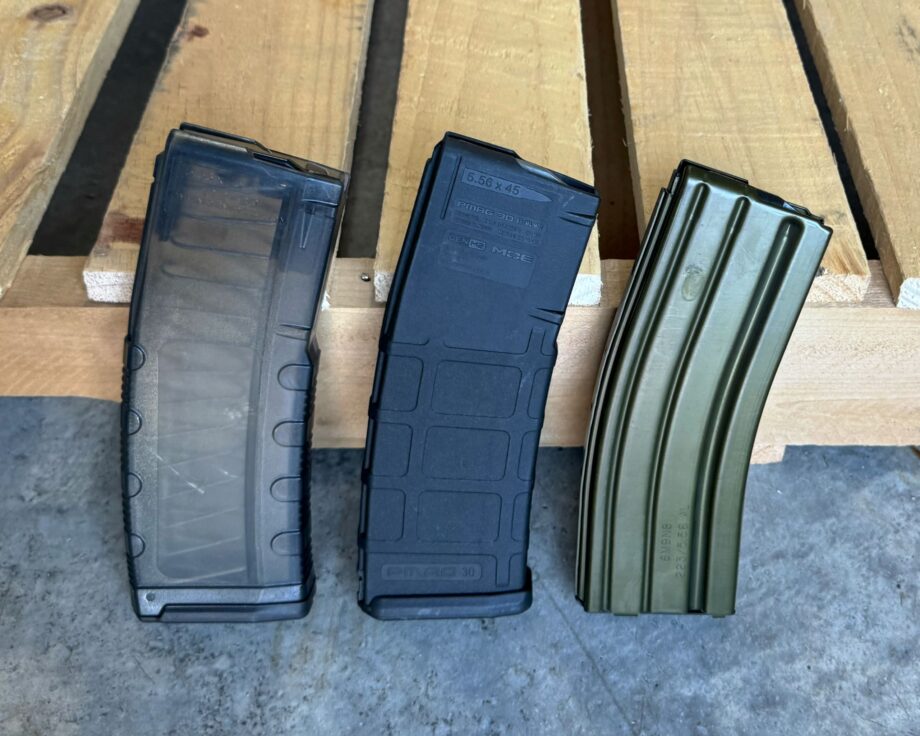
Don’t let that mag on the left fool you; it’s not a hybrid, just a translucent polymer Amend2 MOD-C mag.
Polymer Magazines
If you’ve ever shot an AR-15 or even just seen one at the range, you’ve likely seen a Magpul PMAG (the P stands for polymer). These polymer magazines are considered by many to be the “gold standard” of polymer AR magazines.
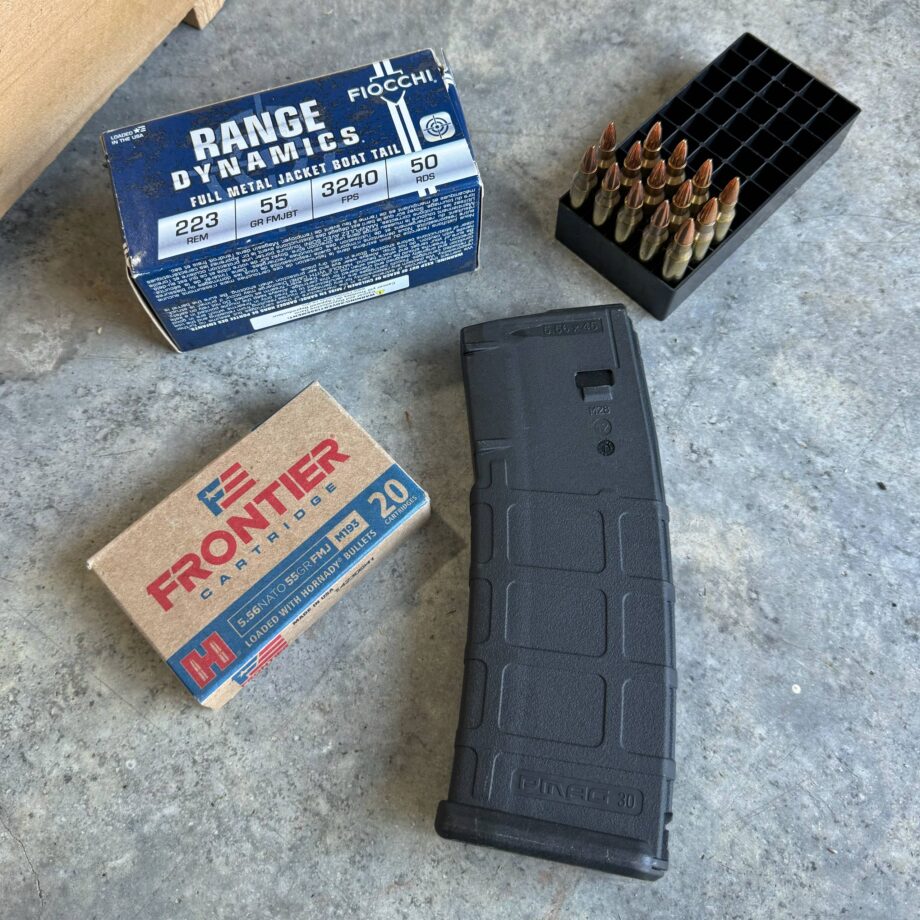
I have yet to have a PMAG fail me in any way.
Polymer mags are popular for several reasons:
- They can have windows to allow you to keep track of your rounds
- They are easier to tell if they are functional or broken
- They do not rust
- They have the highest capacity (at least, I’ve never seen a steel drum mag)
To elaborate on #2, polymer feed lips usually either crack, chip, or break to the point you can visually see the defect. So, while they may be less durable technically, you can be more confident of their ability from a quick visual inspection.
There are a ton of other quality polymer magazines on the market, too, aside from those made by Magpul. A few other popular manufacturers of polymer mags to check out are Amend2, Hexmag, and Promag.
Steel/Aluminum Magazines
These magazines are more of a broad category as some are made out of aluminum, steel, or other metals, but we’ll lump them all together for this discussion.
It may seem like polymer mags would be clear winners based on the pros I mentioned above, but there are also plenty of pros to steel/aluminum mags.
Steel/Aluminum mags are popular for several reasons too:
- They are often thinner/smoother and fit better in mag pouches/carriers
- They have feed lips that are harder to break
- They are often slightly more affordable
Looking at #2 here for steel magazines, the more durable feed lips are a pro, but they can also act as a con. While it takes more to actually break the feed lips, they can slightly deform without much visible indication, which can easily cause malfunctions. It’s the exact opposite scenario with the polymer mags, where if the lips break, you’ll know it.
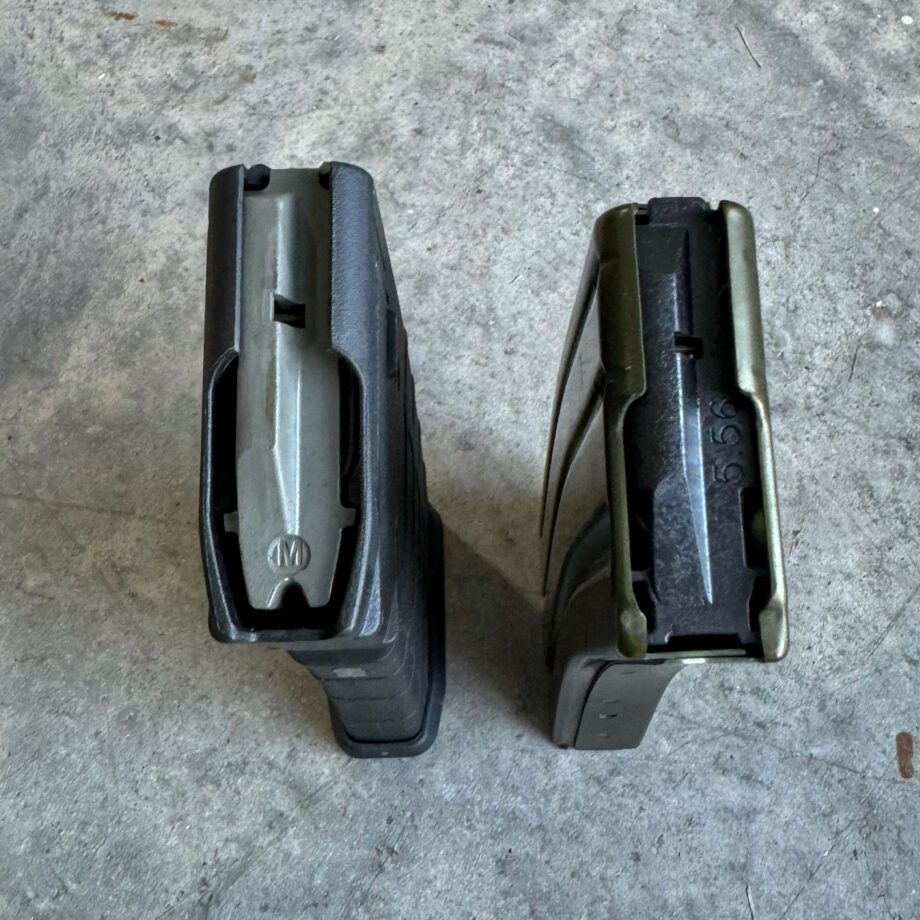
The feed lips are arguably the most crucial part of the magazine. Polymer feed lips are on the left and steel feed lips are on the right.
If steel/aluminum mags sound like they are the ones for you, Duramag is likely where you’ll want to start your search. However, just like the polymer mags, plenty of other manufacturers have quality offerings. A few to take a look at are Promag and OKAY Industries.
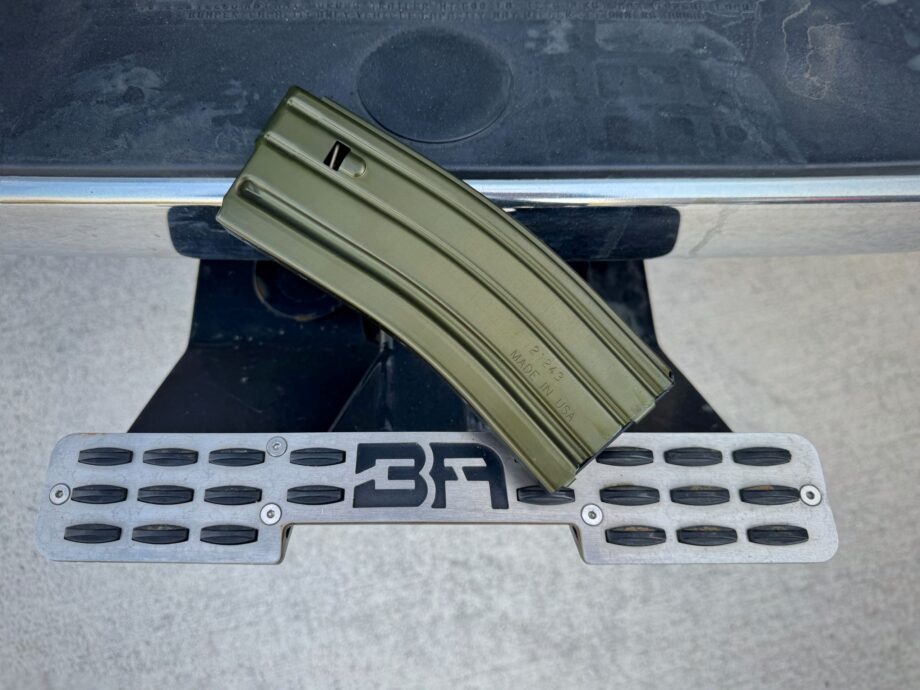
Duramags are durable, lightweight, and come in a variety of colors.
Hybrid Magazines
Now, to throw even more options into the mix, we have hybrid magazines. These have polymer bodies with metal feed lips. You get increased durability from the steel feed lips, with the ability to have translucent bodies to keep track of your rounds.
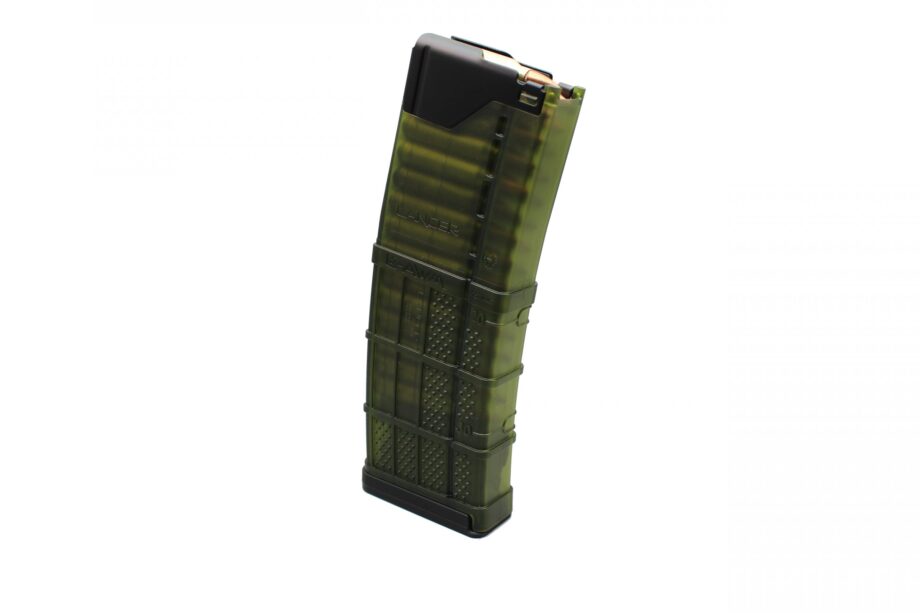
A translucent polymer body and steel feed lips make for a solid combination.
The Lancer L5AWM (Advanced Warfighter Magazine) is the textbook example of this mag style. While I don’t often shoot with Lancer mags, I have heard nothing but good things about them, with many people swearing by them.
Is There a Winner?
As I mentioned at the beginning of the article, I don’t believe there is a definitive winner of which type of magazine is best. Sure, some are better for specific scenarios than others. However, a quality magazine from a reputable company that is taken care of should suffice and last you a very long time.
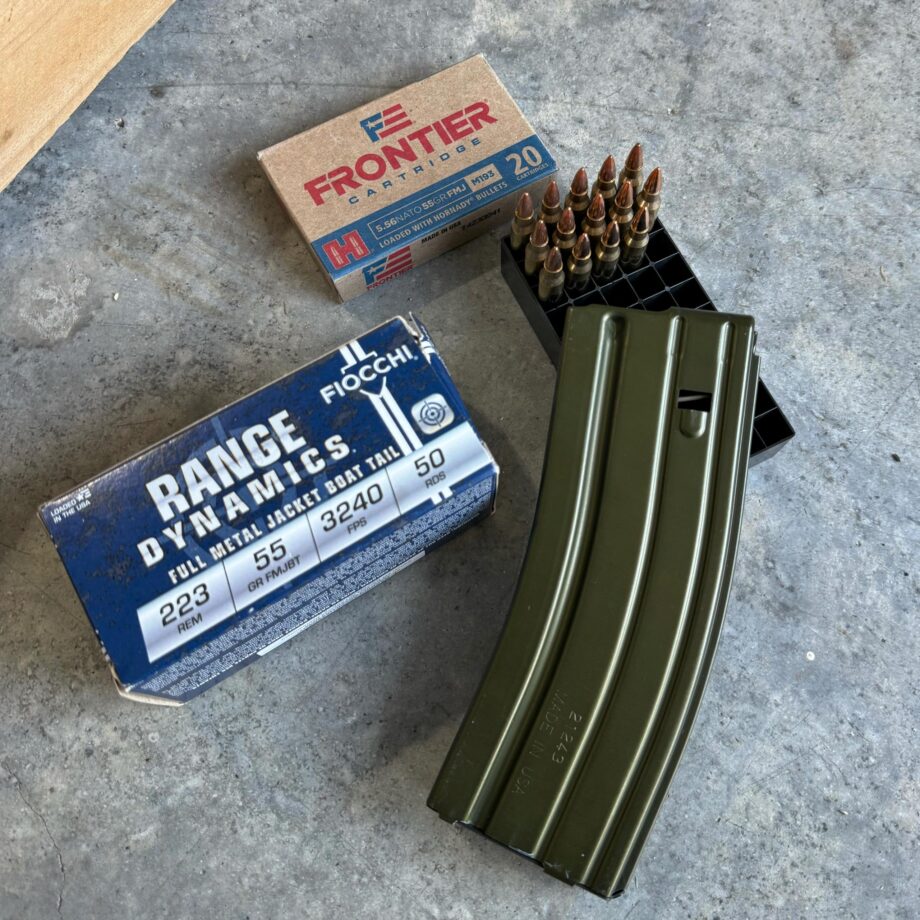
Tip: Always make sure your magazine is made for the caliber you intend to shoot!
The beautiful thing is, you can have many different kinds! Grab a few or several magazines and see which you like best. You’ll never regret having more mags than you need, but you’ll definitely regret having less than you need.
As always, stay safe, train hard, and have fun!